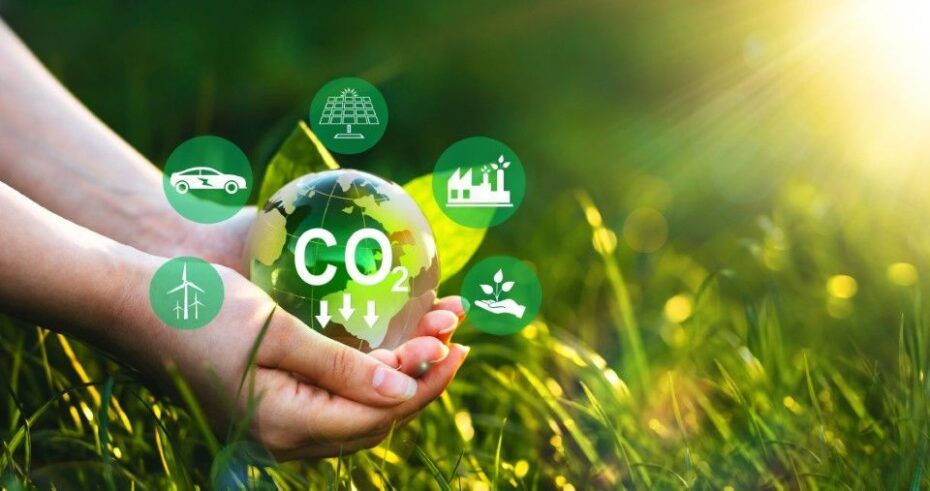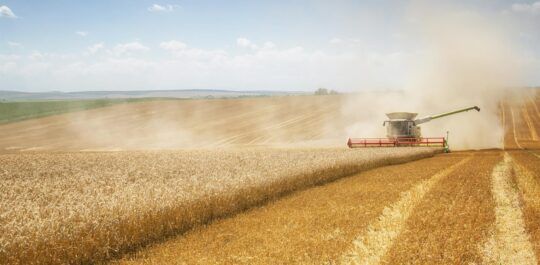WA: There are two main benefits. One relates to the environment, while the other is a business benefit.
The environmental benefit
WA: As we all know, the European Union has adopted decarbonization targets based on the Framework Convention on Climate Change. Compared with 1990, the aim is for a reduction in CO2e of 40 percent by 2030, 60 percent by 2040, and 80 percent by 2050. Achieving these targets requires an understanding of how much CO2e a product generates during its lifecycle. Our project will help companies to obtain this information in a transparent and traceable manner.
PAUL DIETRICH (PD): By recording sources of product-related greenhouse gases so that they can be reduced, we will also help companies to prepare for the increasingly stringent statutory and regulatory requirements they can expect to face as they progress toward greenhouse gas neutrality. Our project also lays the foundations for compliance with this growing regulatory framework.
The business benefit
WA: In addition to obligations, heightened statutory requirements and the rapid growth in demand for climate-friendly products also entail considerable economic advantages. Conversely, a failure to act involves risks from loss of revenue through to a loss of reputation. By helping companies to track and prevent emissions throughout the product lifecycle, we enable them to leverage potential efficiency gains as they make progress toward climate neutrality.







